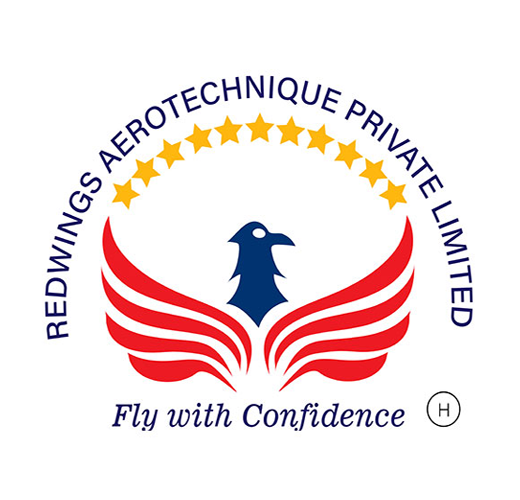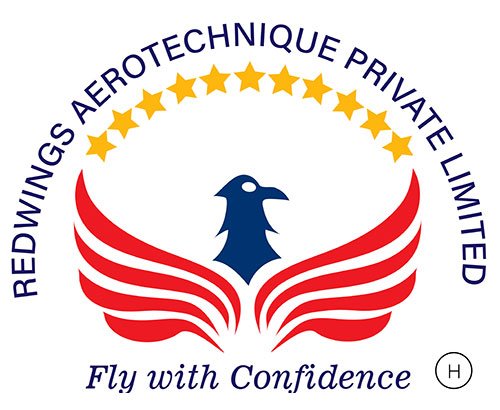AME is a Licensed Course runs under the Directorate General Of Civil Aviation (DGCA), Ministry of Civil Aviation, Govt of India. A candidate requires a lot of skills to get awarded AME License. AME performs maintenance and repair of aircraft & aircraft components. The candidate requires a lot of passion and skills to complete AME Course. Aircraft Maintenance Engineers may perform repairs, troubleshoot problems, and conduct inspections and upgradation of aircraft. Before the flight, AME is supposed to inspect the aircraft and after required maintenance & high-level inspection along with his /her Technical team, he/she (Valid License Holder) certifies that the particular aircraft is fit to fly. In Indian aviation, Maintenance Department (AME & Technical Team) has a very bright future. The golden era has been started who desire to build their career in aviation.
IN AME SECTION
Aircraft Maintenance Engineering Course Duration
The Aircraft Maintenance Engineering course duration is as follows:-
-
The Aircraft Maintenance Engineering course is a licensing Training program, to become eligible for an Aircraft Maintenance Engineer license holder as per The Aircraft Rules 1937, Rule 61 and Civil Aviation Requirement(CAR-66).
-
The candidates have to go for the 3-year Basic Aircraft Maintenance Engineering training program from any CAR-147 Basic Training Organization approved by DGCA, Ministry of Civil Aviation, Govt. of India. After Completion of Basic Training, the candidate has to go for practical maintenance experience on operating aircraft from any DGCA-approved CAR-145 organization. During this, candidates have to pass all the AME module examinations as per their stream and chosen category of licensing (conducted by CEO-DGCA, Govt. of India). After acquiring the practical experience and passing all the modules examinations, Candidates will be eligible to undergo CAR-147 (type training program) with S-OJT(Structural On Job Training) to get the AME license in their respective category from DGCA Ministry of Civil Aviation, Govt. of India.
-
Candidates have to acquire Practical Maintenance experience in operating aircraft for 5 years for Category B1.1, B1.3, and B2 and a period of 3 years for Category B1.2, B1.4 & B3 from any DGCA-approved CAR-145 Organization. During tenure, Candidates need to clear all the AME modules examination as per their stream and chosen category of license (Conducted by CEO-DGCA, Govt. of India). After acquiring the practical experience and passing all the modules exams, Candidates are eligible to undergo the CAR-147 type training program with S-OJT(Structural On Job Training) to get the AME license in their respective category from DGCA Ministry of Civil Aviation, Govt. of India.
Aircraft Maintenance Engineering Course Eligibility
The Aircraft Maintenance Engineering course duration is as follows :-
Candidates must pass 10+2 PCM from any recognized board or university or its equivalent or AICTE-approved 3 years engineering diploma in any stream or any higher qualification in science with Physics, Chemistry, and Mathematics.
The applicant should not have color blindness and should have been assessed medically fit by a registered medical practitioner to perform the scope of work applied for.
Aircraft Maintenance Engineering Course Streams
The Aircraft Maintenance Engineering course has limited and defined streams. It comprises only 2 streams
Mechanical Stream:
The syllabus related to the study of engines, airframes, and Components of aircraft. It comprises License Category A and Category B1 & B3. Further, It is classified into four Subcategories:
-
A1 & B1.1: Aeroplane fitted with a turbine engine.
-
A2 & B1.2: Aeroplane fitted with a piston engine.
-
A3 & B1.3 Helicopter fitted with a turbine engine.
-
A4 & B1.4 Helicopter fitted with a piston engine.
Avionics Stream:
The syllabus related to the study of Aircraft instruments, Electrical, Radio, and Navigation systems of aircraft. Its related license category is Cat. B2.
Our Courses
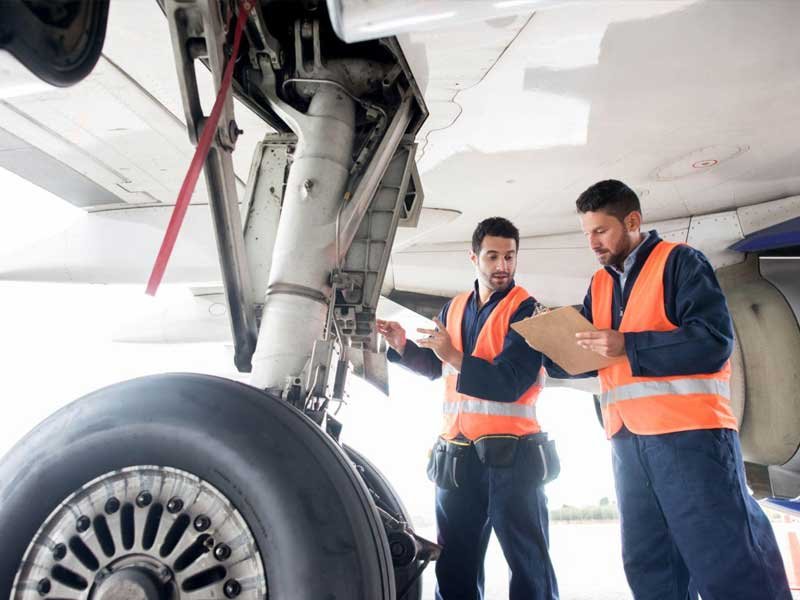
AME Mechanical B1.1
The stream which deals with the study and maintenance of Turbine Engine & Heavy Aeroplane Structure is commonly known as Category B1.1 in Mechanical Stream. Students of Mechanical Stream who successfully clear all the Basic Knowledge Module Examination conducted by CEO, DGCA and completes all the maintenance experience requirements stipulated by DGCA in Civil Aviation Requirement-66 get the Aircraft Maintenance Engineering Licence in Category B1.1.
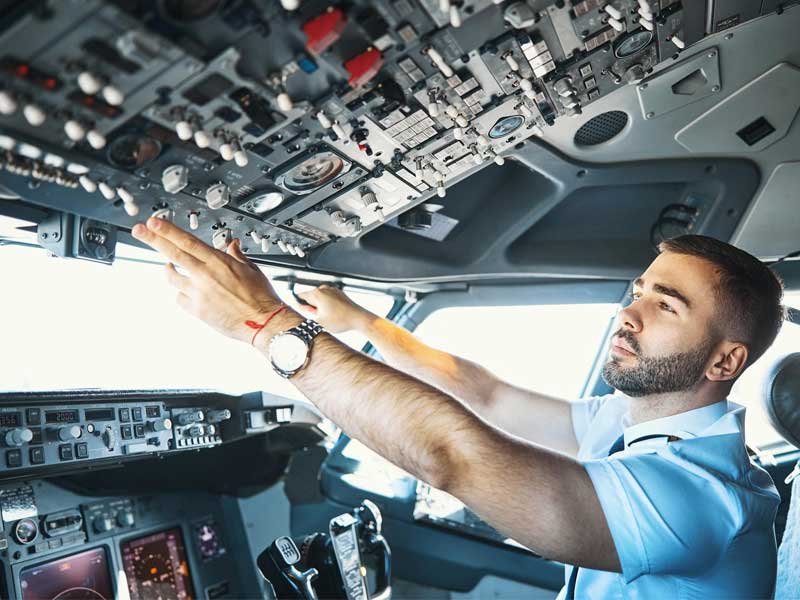
AME Mechanical B1.2
The stream which deals with the study and maintenance of Piston Engine & Light Aeroplane Structure is commonly known as Category B1.2 in Mechanical Stream. Students of Mechanical Stream who successfully clear all the Basic Knowledge Module Examination conducted by CEO, DGCA and completes all the maintenance experience requirements stipulated by DGCA in Civil Aviation Requirement-66 get the Aircraft Maintenance Engineering Licence in Category B1.2.
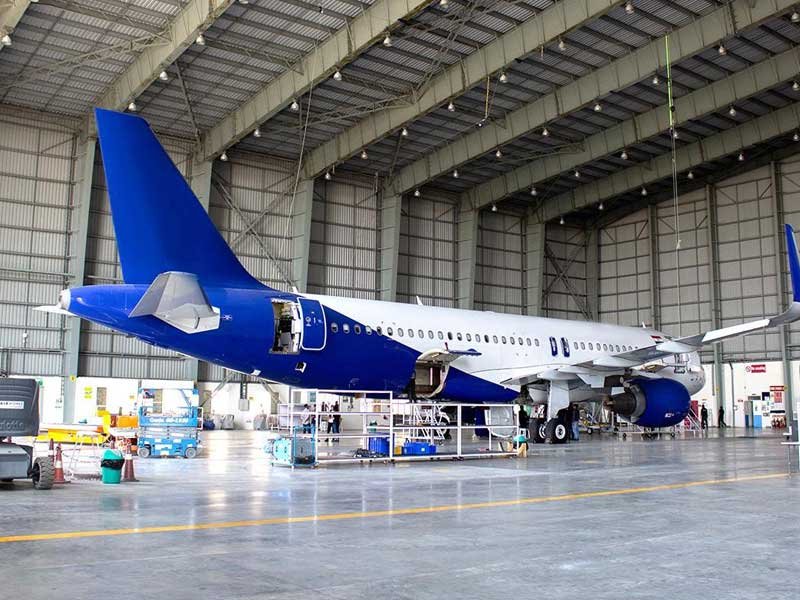
AME Avionics B2
The stream which deals with the study and maintenance of Aircraft Instrument systems, Aircraft Radio & Navigation systems and Aircraft Electrical systems are commonly known as Avionics Stream. Students of Avionics Stream who successfully clear all the Basic Knowledge Module Examination conducted by the CEO, DGCA and completes all the maintenance experience requirements stipulated by DGCA in Civil Aviation Requirement-66 get the Aircraft Maintenance Engineering Licence in Category B2.
Aircraft Maintenance Engineering Career Opportunities
The Indian aviation industry is developing very fast which is good for those who wish to make their career in aviation. Air traffic in India is increasing day by day which is increasing the requirement for aircraft. So all aircraft operators have ordered new aircraft fleets which creates huge vacancies for AMEs & Technical personnel.
Airlines segment
Airlines are the Organizations that provide air transport for passengers & Logistic support. Before the take-off, an Authorized/ Licensed Aircraft Maintenance Engineer(AME) has to inspect and troubleshoot the problems of the aircraft. Only after issuing a certificate release to service(CRS) and Signing the valid documents, Aircraft can move for further journey. This organization has a huge number of vacancies for the Engineers eligible to perform such tasks either on the main base or at transit stations.
Maintenance, Repair, and Overhauls (MRO) industries
MROs are those organizations, which Perform maintenance tasks on aircraft and/or aircraft components owned and operated by any other organization and persons. It can be understood as a service center of Aircraft. There are large numbers of such organizations that offers a great career to Maintenance engineers. eg. AIESL(Air India Engineering services limited), GMR Aero Technic, Airworks India, Indamer Aviation, Bird Execujet, Shaurya Aviation Pvt.Ltd., Spicejet Technic, Tentacles Aerologisticstix Pvt. Ltd., Ghodawat Enterprises Pvt Ltd (M/s Star Air), Thumby Aviation Pvt.Ltd, Globe MRO Services Pvt. Ltd, Max MRO Services Pvt. Ltd., etc.
Component Workshops
Workshops repair and maintain especially aircraft components. A huge number of Engineers also work there for the repair and modification of Components and troubleshooting of errors in the component. eg. Varman Aviation, Magnum Aviation, Arrow Aviation Services, Southeast Aerospace, Instrulab, Vertical Aerospace, Minerva Aviation Services, Turbo Jet Engines Pvt Ltd, Instrument Avion, NSCB Aviation(P) Ltd, Innovative Aviation Private Limited, Haveus Aerotech India Pvt. Ltd, Zexus Air Services Pvt. Ltd
State Hangars
Govt. of Jharkhand Aviation Wing, Airports Authority of India, Govt. of Bihar Civil Aviation, Directorate of Aviation Govt. of MP, Govt. of Uttrakhand, BSF Air wing and so many govt. organizations.
Flying Clubs
MP Flying club, Indira Gandhi Rashtriya Udaan Academy, Redbird Flight Training Academy, Bihar Flying club, Bombay flying club, Chimes Aviation Academy, Pioneer Flying Academy, Assam Flying Club, Aviator Co-Opt. Society Ltd., Academy of Carver Aviation, etc.
Non-Scheduled Operators (Charter and Chopper Services)
Pawan Hans Limited, Air one Aviation, Global Vectra, Global Konnect, Air charter services, Pinnacle Air services, Heligo charters, Ventura Air Connect, Club One Air, Deccan Charters, Jagson Airlines, VRL Air, Baron Aviation, Airmid Aviation, Alchemist Airways, AR Airways, Ashley Aviation, Chipsan Aviation, Blue-ray Aviation, Fairwinds Aviation, Ferm Aviation, Forum 1 Aviation, Indo Pacific Aviation, OSS Air Management, etc.
Indian Paramilitary Forces
Aircraft Maintenance engineers/License holders are also offered to serve as an officer rank(Asst. Commandant) in the Aviation wings of BSF, ITBP, and other paramilitary forces.
Passenger Carriers
- International Airlines: QATAR Airways, OMAN Air, Emirates, Singapore Airlines, British Airways, Lufthansa, Air New Zealand, Thai Airways, Virgin Atlantic, ANA wings, QANTAS, Etihad, Aeroflot, Turkish Airlines, Air Asia, Malaysia Airlines, Cathay Pacific and many more.
- Domestic Airlines: Air India, Indigo, Spicejet, Go Air, Air Vistara, Jet konnect, Air Asia India, Jet lite, Sky one Airways, Span Air Pvt. Ltd., VSR Ventures, etc.
- Regional Airlines: Regional Airlines Air Heritage, Flybig, Star Air, Trujet, Zoom Air, Alliance Air, Ventura Air connect, Air taxi, India One Airlines, Pawan Hans Limited, TAJ Air, Supreme Airlines, UT Air, etc.
Technical Publishers
There are so many organizations that provide documentation support in Aircraft Industry. For the maintenance data required by several Operators and Maintenance Organizations, these organizations prepare all kinds of controlled documents of various aircraft. There are a large number of students employed there, enhancing their soft skills and knowledge. eg. Capgemini, Aviotrix Aerospace, IBM, GLOINNT, Cyient, Ansys, Opal-RT, Delaware Resource Group of Oklahoma
Aircraft Manufacturing Companies
Aircraft are made up of numerous parts. To make these parts separately on a large scale organizations offer Maintenance engineers to join their manufacturing team to enhance their skills. There is a large number of young AMEs working there to improve their skills and enhancing knowledge of various types of aircraft parts. eg.: TATA-BOEING Aerospace limited, SAFRAN group, SR Propellers, Fly hawk Aviation, and many more
Facilities
A large number of Non-Scheduled Air operators operate their aircraft all over India providing Air Ambulance facility, Charter Services, Joy rides, Special Devotional journey plans, and Rescue and Film shooting facilities.
General Aviation & Non-Scheduled operators
Several flying clubs all over India maintain their aircraft which are operated for the training purpose of the Student Pilot flight training program. State govt. also has its own aircraft which carries the ministers and guests of state govt. and Govt. of India. They also appoint Aircraft Maintenance Engineers for each of their aircraft.
Joy Rides and Special Devotional trip Providers
Himalayan Heli Services, Heritage Aviation, Prabhu Helicopters, Transbharat Aviation, Kestral Aviation, Bajaj Aviation, Dhillon Aviation, Jet Serve Aviation Pvt. Ltd., SAR Aviation, Saarthi Airways, etc.
Freight Carriers/Logistic Suppliers
- International Cargo Carriers: DHL Aviation, FedEx Air, Spice express, Air India Cargo, DTDC, Transcom, etc.
- Domestic Cargo Carrier: Blue dart Aviation, DHL, Spice express, Quick lift Airlines, Maruti Air Services, etc.
Aircraft Maintenance Engineering Admission Procedure (AME RAT)
For getting admission to AME institute a candidate has to go through a sequence of procedures:-
- A candidate has to fill out the form for the Aircraft Maintenance Engineering Redwings Aptitude Test (AMERAT) by paying 1000/- INR examination fees online.
- After the declaration of the result, as per the merit of the candidate, They will get admission to an AME institute.
Aircraft Maintenance Engineering License Category
- Category A
- Category B1
- Category B2
- Category B3
license holder to issue certificates for release to service after minor scheduled line maintenance and simple defect rectification within the limits of maintenance tasks specifically endorsed on the authorization issued by a maintenance organization approved under rule 133B for the broad category of aircraft endorsed on the license and the certification privileges shall be restricted to the work carried out by the license holder himself in the maintenance organization that issues the authorization.
License holder to issue certificates for release to service and act as support staff following the maintenance performed on aircraft structure, powerplant, mechanical and electrical systems, work on avionics system requiring simple tests to prove their serviceability and not requiring troubleshooting, in respect of an aircraft type endorsed on the license.
NOTE: (a) Category B1 shall include the appropriate sub-category of Category
- (a) Certificates of release to service after maintenance on avionic and electrical systems, avionics and electrical system within the engine, and mechanical systems requiring only simple tests to prove their serviceability of aircraft type endorsed on the license.
- (b) Certificates of release to service after minor scheduled line maintenance and simple defect rectification within the limits of tasks specifically endorsed on the certification authorization issued by an approved maintenance organization of aircraft type endorsed on the license and this certification privilege shall be restricted to work that the license holder has personally performed in the maintenance organization which issued the certification authorization and limited to the rating already endorsed on the license.
License holders to issue certificates of release to service after maintenance on airplane structure, engine, and mechanical and electrical systems, work on avionic systems requiring only simple tests to prove their serviceability and not requiring troubleshooting of ‘piston-engine non-pressurized airplanes of 2000 kg Maximum Take-off Mass and below.
Aircraft Maintenance Engineering Course Fee Structure
In the Aircraft Maintenance Engineering Course, candidates have to complete the Basic Training program under CAR-147 Basic from DGCA-approved Organizations. During this academic program, a candidate has to pay academic fees at AME institute which is approx. 4 to 6 Lakhs as the total course fee. Candidate has to pay the fee semester-wise. The candidate will be selected as per the merit list of our AMERAT entrance examination.
